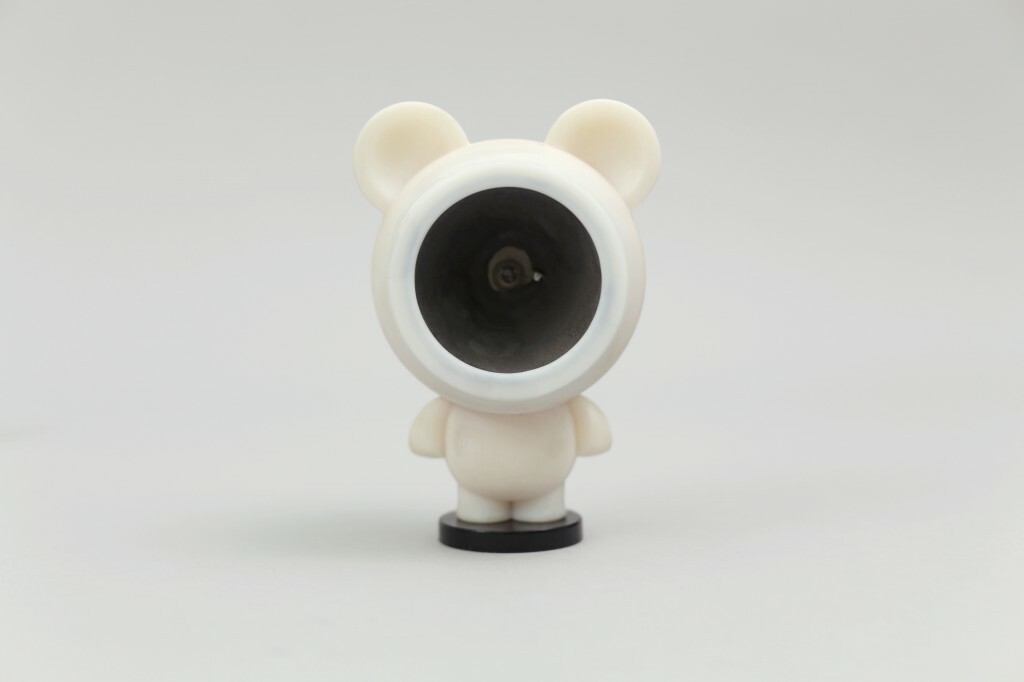Ready, teddy, go! Disney Research invents 3D-printed soft toys
And as well as customised cuddly toys, the research paves the way for interactive speakers

Think of 3D printing and you probably imagine squiggles of plastic eventually turning into something you or someone else has modelled on a computer. Well Disney wants to tear up the rulebook.
In a paper entitled ‘Printing Teddy Bears’, Disney Research has outlined a cuddlier future for 3D printing technology. In the paper, it points out that “not everything we’d like to make should be made of hard materials” – which only a cynic would suggest had any connection to the fact that Disney presumably makes rather a lot of money from selling soft toys.
READ MORE: At last: a device that scrambles eggs without breaking them
KNIT OF ALRIGHT
Rather than plastic or metal being used to fashion a precise, hard object, Disney Research’s project works with felt, essentially knitting a toy that can have “fairly arbitrary geometry” and that feels “somewhat reminiscent in character to hand knitted materials”.
As well as speeding up the prototyping process, the project would make it easier to both customise toys and also embed “electronic components for sensing and display, as well as motors and mechanisms for actuation within the material”.
SPEAKER ABLE
And there’s more. The Disney Research team has been working on a second 3D printing project with benefits for the toy world.
The 3D Printed Interactive Speakers paper explores turning any 3D object into a speaker, from an abstract spiral to a rubber duck. This potentially enables omnidirectional sound output, resulting in a more impressive experience for the user – you could have sound only coming from a toy’s mouth, for instance, or from over the entire object. Essentially, the toy would become the speaker.
The method involves printing the body of the toy using standard 3D printing technology, then adding a conductive spray paint, which becomes an “inner electrode layer where the audio signal [is] injected”.
A sound-producing diaphragm is then 3D printed, painted, and inserted into the toy. When exposed to a current, the plates vibrate and make sound. As printable conductive printing material becomes available, the speakers will be simplified further, since the paint will become superfluous.
No, we don’t necessarily understand all of that either, but there’s a video above.
Source: DisneyResearchHub via DVICE
READ MORE: The Micro is an easy-to-use 3D printer designed for everyone



